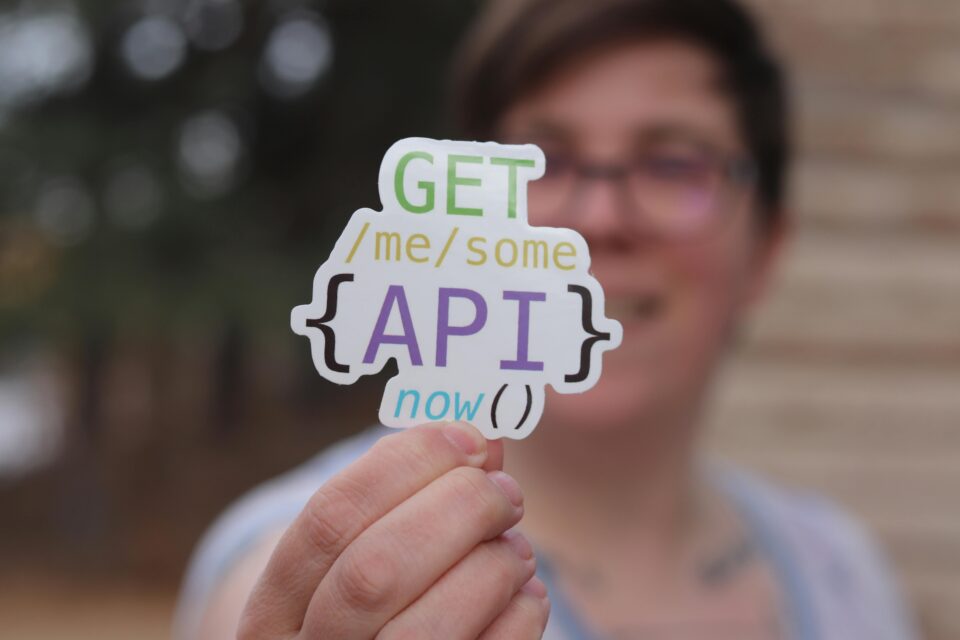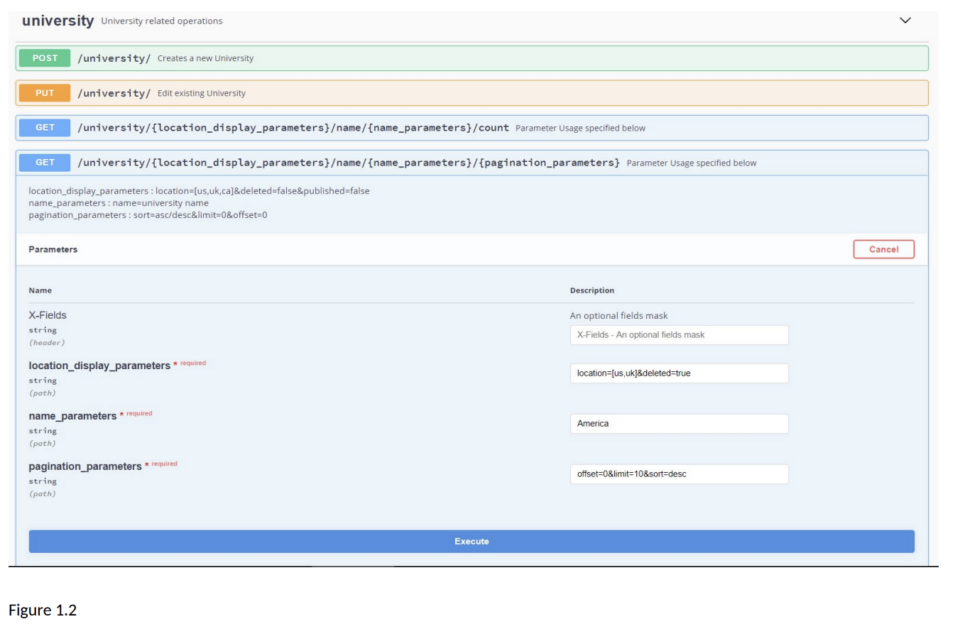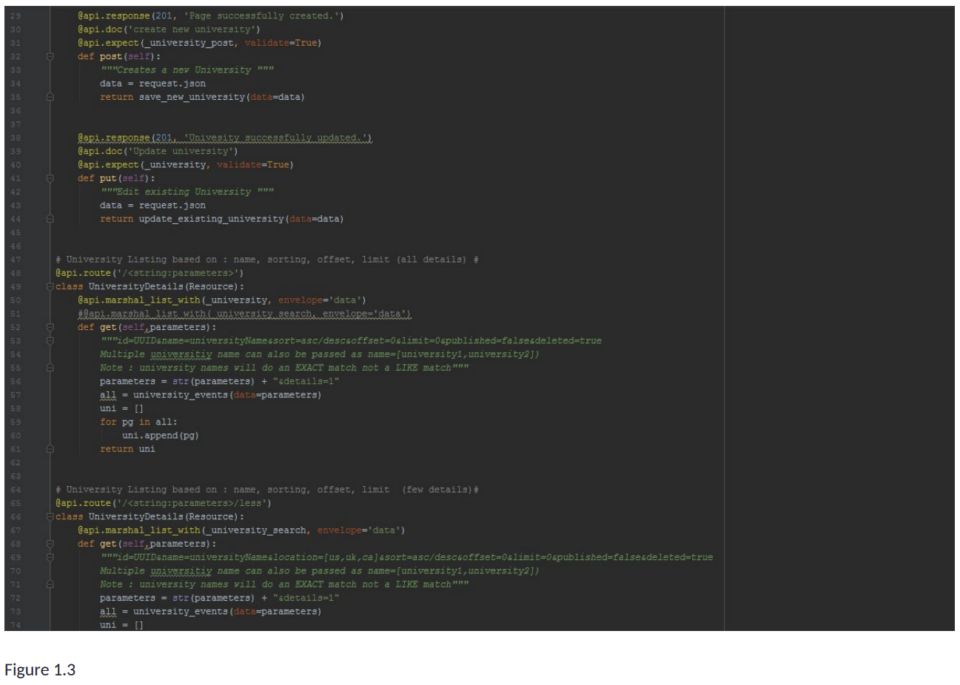Archives
- November 2025
- October 2025
- September 2025
- August 2025
- July 2025
- June 2025
- May 2025
- November 2024
- April 2024
- November 2023
- October 2023
- August 2023
- May 2023
- February 2023
- October 2022
- August 2022
- July 2022
- May 2022
- April 2022
- March 2022
- February 2022
- June 2020
- March 2020
- February 2020
- January 2020
- December 2019
- November 2019
- October 2019
- September 2019
- August 2019
- July 2019
- June 2019
- May 2019
- April 2019
- March 2019
- February 2019
- January 2019
- December 2018
- November 2018
- October 2018
- September 2018
- August 2018
- July 2018
- June 2018
- May 2018
- April 2018
- March 2018
- February 2018
- January 2018
- December 2017
- November 2017
- October 2017
- September 2017
- August 2017
- July 2017
- June 2017
- May 2017
- April 2017
- March 2017
- February 2017
- January 2017
- August 2016
- June 2016
- April 2016
- March 2016
- February 2016
- January 2016
- July 2015
- June 2015
- Older posts

API Documentation with Swagger – A Complete Beginner’s Guide
An API (Application Programming Interface) allows one application to interact with another. It helps programs connect with libraries and system applications. APIs are especially useful when building graphical user interfaces. A well-designed API is created in small, modular parts and then combined for full functionality.
Why API Documentation is Important
Almost every modern application depends on APIs. To help developers use your API, it must be clearly documented and easy to follow. Good documentation determines how successful your API becomes.
When external APIs are not well documented, developers often avoid using them to prevent future complications. In contrast, API documentation with Swagger makes it simple to maintain and update APIs whenever needed.
Strong documentation also improves teamwork. Developers can easily understand how each endpoint works and what responses to expect.
Guidelines for Good API Documentation
- Authentication – Define who can access and use the API.
- Change Log – Add updates gradually to keep track of changes.
- Terms of Use – Clearly state how users can use the API.
- Error Messages – Provide clear and correct error messages. Whenever possible, add simple steps to fix common issues.
Automated API Documentation
Today, many frameworks support automated API documentation. Swagger is a leading open-source tool that helps developers build and document RESTful APIs quickly and accurately.
Swagger UI

Swagger UI is easy to use and very developer-friendly. You only need to include Swagger in your application and create your API endpoints. It automatically generates the documentation for you.
As shown in Figure 1.1, the endpoint (https://testdomain.com/contact-us) offers request methods like POST, GET, and PUT.
Manually writing documentation often leads to errors and takes a lot of time. Instead, Swagger Editor allows you to design APIs using OpenAPI Specifications (OAS). It checks the data before the API call and gives real-time feedback, helping you fix problems early.
The editor also validates your design, ensures OAS compliance, and provides visual feedback instantly. Because of this, API documentation with Swagger saves both time and effort.
Visualize and Create APIs

When developing APIs, visualization helps you make them clear and user-friendly.
In Figure 1.2, the GET API for “university” expects different parameters. Swagger UI simplifies this by displaying input boxes where you can enter parameters directly. It also allows you to define which parameters are valid.
Developers can combine Data Transfer Objects (DTOs) with APIs to ensure only the required data is included. Any extra fields are automatically ignored. Swagger also documents responses and status codes, showing developers what to expect from each call.
Usage

Using Swagger is simple and straightforward. Visit its official website at https://swagger.io/ to get started. Then, create endpoints, choose request methods, and marshal the data returned from each API call.
As shown in Figure 1.3, even if your API retrieves all records from a database, only the fields defined in the marshal are included in the response. This keeps your API documentation with Swagger clean and consistent.
Conclusion
If you have never documented your APIs before, Swagger is the best tool to start with. It’s simple, well-documented, and easy to use. I have personally used it, and the process was quick and smooth.
